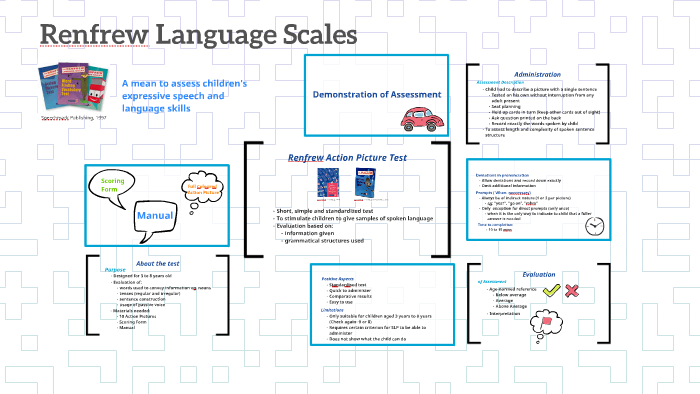

An AUROC relating RAPT scores and nonhome discharge was 0.7. 63☑1 p=0.0052), and higher Charlson comorbidity indices (CCI 3.6☑.5 v. Patient demographics, RAPT metrics, hospital length of stay (LOS), operative details, and complications were compared between patients. Methods Adults who underwent thoracolumbar instrumented fusions to the pelvis for ASD (1/20191/2020) were reviewed. Patients discharged to rehab/SNF had significantly lower total RAPT scores (8.3 v. Purpose To assess factors, including RAPT score, predictive of non-home discharges following adult spinal deformity (ASD) operations. The majority of patients (75.8%) had nonhome discharges. The Resilience Analysis and Planning Tool (RAPT) is a free GIS web map that allows federal, state, local, tribal and territorial emergency managers and other community leaders to examine the interplay of census data, infrastructure locations, and hazards, including real-time weather forecasts, historic disasters and estimated annualized frequency of hazard risk.

Operations were characterized by the following: average number of levels fused 11☓, revisions 54%, anterior-posterior 70%, 3CO 23%. Ninety-nine patients (average age: 68☙ years female-64 average RAPT score 8.6☒.2) were analyzed.


 0 kommentar(er)
0 kommentar(er)
